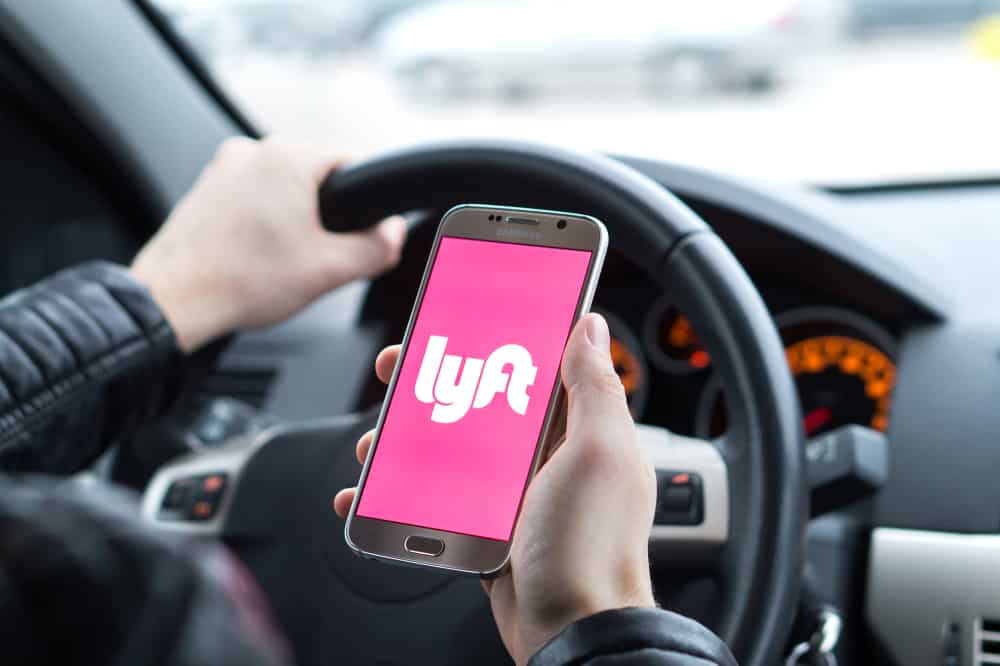
Good day,
The on-demand taxi-hailing market in the U.S. overlooks a race that might be the first of its kind, as both Uber and Lyft battle it out on who would go public first. Reports came in last week that Lyft had filed for an initial public offering with the SEC, but the Wall Street Journal ran a story a few hours later saying Uber had also filed for an IPO on the same day.
Though headlines suggest a prospect that shows the companies to be neck-and-neck, the playing field is by no means even. Uber is undisputedly ahead, both in terms of market share and valuation, as it claims to control 60% of the total taxi-hailing market, completing 15 million rides a day, while Lyft comes a distant second with a 35% market share.
Uber’s market valuation stands at $72 billion, which experts believe would go up to $120 billion post-IPO. Nonetheless, Lyft has been growing at an impressive pace, with estimates saying that its growth rate is thrice as fast as Uber. An IPO would give both the companies more liquidity in cash flow, and would give the gig economy a major boost as the companies would be forced to raise worker pay based on their profit margins, which have not been laid bare till now.
Did you know?
If you had invested $1,000 in Tesla back in 2010, it would currently be valued at more than $21,000, accounting for price appreciation and reinvestment of dividend gains.
Quotable:
“To put the depreciation in context, whereas a Tesla (Model S) will on average lose 28% of its value after being driven 50k miles, a Mercedes S-Class will lose 38%, a BMW 7-series will lose 40%, and an Audi A8 will lose 41%. As a result, Tesla owners end up with considerably more money in their pocket.”
– Alex Klein, VP of Data Science at Autolist, on Tesla Model S retaining better value than combustion engine cars in the segment
In other news:
Why Amazon Go could swoop into airport retail
Amazon is exploring the debut of its techy, scan-and-go shops at airports. (The Washington Post)
Why XPO Logistics stock dropped 10%
Shares dropped by 9.6% yesterday after the company issued an earnings warning by way of an 8-K filing with the SEC. (The Motley Fox)
Uber launches a bus service in Egypt
Uber, which is gearing up to go public early next year, is really doubling down on this whole multi-modal transportation provider effort. (TechCrunch)
The costly journey of returned goods means big business for some
Last year, customers in the U.S. returned about $351 billion worth of items that they had purchased from brick-and-mortar retailers and online stores. (CNBC)
Gov. Baker Energy Plan Hinges On Changes In Transportation And Buildings
The Baker administration found that Massachusetts must step up its efforts around energy efficiency in the transportation sector if the state is to reduce carbon emissions, lower costs for ratepayers and ensure energy reliability. (wbur)
Final thoughts:
In the OPEC annual meeting last week, the members decided to reduce their output by 1.2 million barrels per day from the market. Reports surface that the total oil production from OPEC nations had already dipped in November, primarily due to the steep drop in oil exports coming in from Iran.
Countries like the U.S. and India have been very vocal against reducing oil production, as this would keep oil rates volatile and thus affect economic growth across the world. “After a healthy start to the year, the world economy in 2018 was marked by a rising divergence in growth trends,” OPEC warned in a statement. “Rising trade tensions, monetary tightening and geopolitical challenges are among the issues that skew economic risks even further to the downside in 2019.”
Saudi Arabia has been hitting record highs in its production levels, with monthly production seeing a 377,000 bpd rise. But the numbers are going to see a dip from 11.1 million bpd to 10.2 million bpd next month, in line with the agreement reached at the OPEC meeting. OPEC expects 2019 to witness a 1.29 million bpd growth in oil demand, a slightly smaller number compared to the 1.5 million bpd growth this year.
Hammer down everyone!











